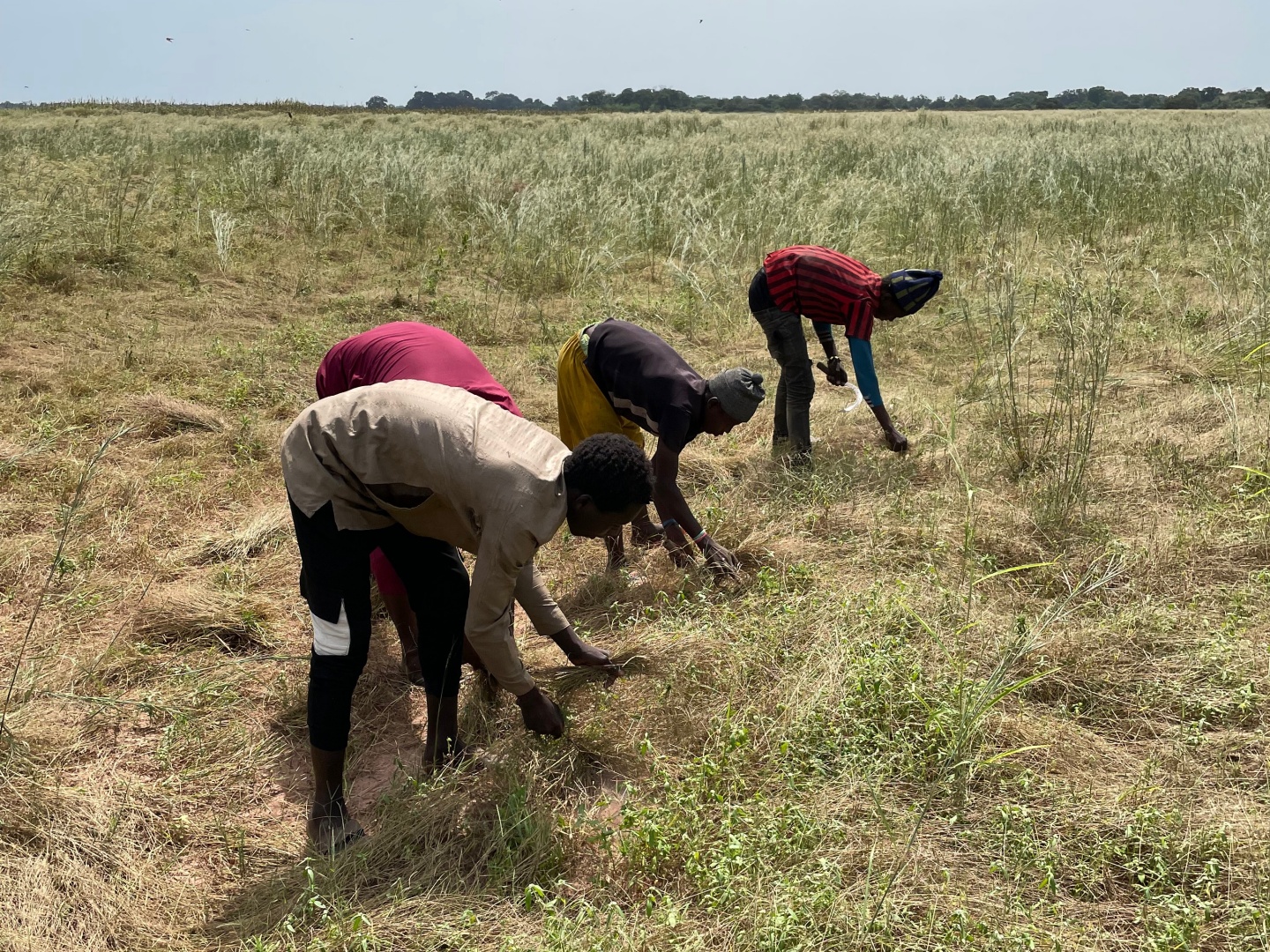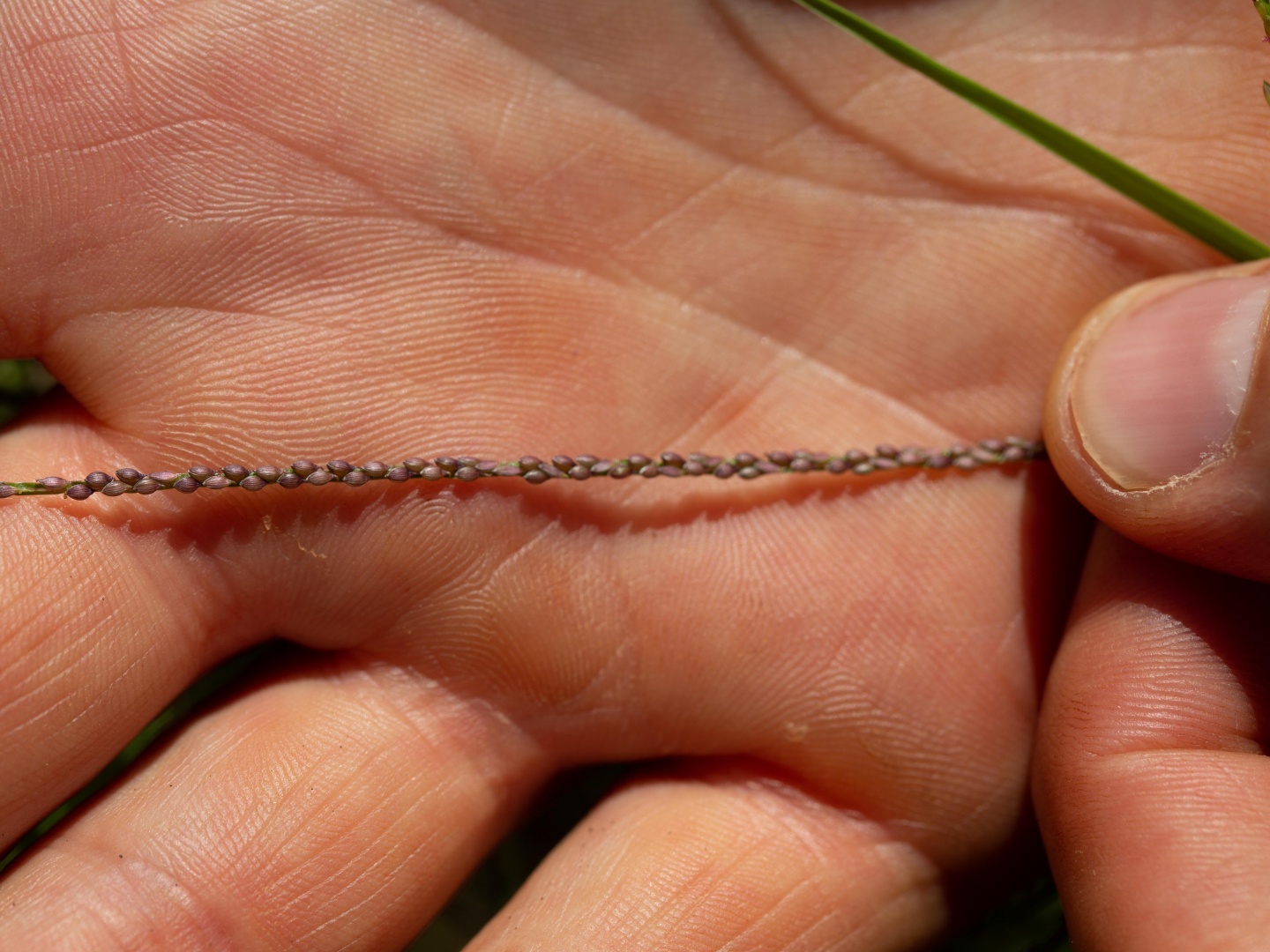Fonio: How One Simple Food Can Help Feed The World
by Terra Ingredients
As climate change, dietary evolution, population growth and geopolitical disputes continue to strain the world’s food supply, there is one “super” grain grown in the Sahel region of Africa that offers hope for the future of not only a hunger-stricken West Africa, but for the global population. That grain is Fonio.
The average consumer and a vast majority of people outside of Africa have probably never heard of Fonio, but like its pioneering relative, quinoa (which is technically a seed), that may quickly change in the coming years. However, Fonio’s potential arrival onto the mainstream global food market will likely not only be driven by consumer demand, but out of necessity. As the earth’s temperature rises and water supplies are further burdened, we will need to evolve in how we harvest the land if we are to combat current and future hunger crises—and Fonio offers a solution that’s already been in existence for over 5,000 years.
Fonio is capable of not only surviving, but thriving in poor soils and dry climates, as it has for centuries in the savanna of Africa. However, up until the last decade, almost 100% of the Fonio produced in Africa was consumed by the communities that harvested it. So how can this relatively unknown west African crop possibly feed the world?

The Easy Part: Growing Fonio
To understand how Fonio can become a staple in our diets, we must first understand how and where it is grown. Currently, fonio is only cultivated in the Western Sahel region of Africa, which covers the geographic area that stretches from Senegal to Chad. Fonio is indigenous to west Africa and has two species: white fonio (D. exilis) and black fonio (D. iburua). However, the production of black fonio is extremely small, with white fonio being the species that is now finding its way to supermarkets and restaurant menus in parts of Europe and the United States.
The process of growing fonio is quite easy and begins with farmers simply scratching the surface soil, generally at the growing season’s first rainfall, and sprinkling seeds on the ground. After this, farmers do not need to maintain the crops and can let them be until it comes time to harvest. Thus, fonio can grow naturally without intensive inputs, fertilizer, or industrial equipment, making it possible for even small producers to achieve profitable yields. With a maturation process that takes as little as 60-70 days, fonio is capable of producing multiple harvests in any given year, making it all the more relevant in today’s world.
Fonio is also well-adapted to the Sahel region’s climate, whereas other cash crops that have been imported into the region, such as rice and wheat, are often much more difficult to cultivate. As an indigenous grain, fonio can also grow along with other crops, without the need of an adapted ecosystem specified just for fonio production.
The Hard Part: Processing Fonio
While growing fonio is extremely easy, processing it for consumption is quite difficult—especially when using traditional methods. The grain is very small and needs to first be stripped of its inedible husk, and then cleaned. Once the grain is husk-free, it often resembles grains of sand and the cleaning process needs to be gentle, so as to not damage the grain. Unfortunately, there is a significant amount of lost harvest that occurs during this process.
If fonio is going to help feed the global community, processing of the grain will have to change, which is why we partnered with CAA to build a modern processing facility in Dakar, Senegal for processing and dehulling fonio. Additionally, in the U.S. we have partnered with Stone Mill where final processing is conducted and completed with a chemical-free, 5-log microbial reduction process. Ultimately, streamlining processing will not only improve yield, exportability & efficiency, but it also offers greater returns to the farmers and their communities for their land and hard work.

Thriving in Challenging Conditions
Part of what makes fonio so appealing in our modern climate is its resistance to droughts, making it a resilient crop no matter what climate challenges it faces in a given year. There will always be a fonio harvest, providing its local communities with a natural form of crop security and fighting hunger in doing so. Fonio can also thrive in the most nutrient-deficient of soils and is rainfed, so it does not require the use of irrigation that can deplete water tables.
Super Nutritional, Super Grain
In parallel with fonio’s super powers as a hyper resilient crop are its nutritional benefits for a new generation of consumers. It’s difficult to imagine fonio as a solution for the modern world without its relevance to the needs and desires of a more health conscious generation. At the top of fonio’s long list of benefits is that it is gluten-free, a near necessity of any modern grain that dares to offset our reliance on wheat and rice across the globe. Not only are more consumers desiring gluten-free alternatives simply for personal health goals, it has been estimated that known cases of celiac disease have been increasing on an average of 7.5% per year over the past several decades.
Additionally, fonio’s low glycemic index, higher levels of protein, iron & fiber than that of rice, and a rare balance of amino acids raise fonio far above its other known name of “hungry rice”. Based on these factors, fonio is a perfect white rice and wheat alternative for those with diabetes and other related health circumstances—not simply excess carbohydrates to fill stomachs.

A Powerful Substitute
If fonio’s cultivability and nutritional benefits are features 1A and 1B, its next most valuable attribute is its versatility as a substitute for less-nutritious grains currently available. Fonio can essentially be substituted for any grain no matter what dish you are preparing, considering its mild, nutty flavor profile.
Traditionally, fonio is cooked as a porridge, but when steamed, fonio becomes fluffy and makes a great couscous. Add it to a salad for an extra nutritional sucker punch, substitute it for rice as is done in this Roasted Summer Vegetable Fonio Grain Bowl, or simply use it as a side dish. Fonio is also great for hot breakfast cereals, stews and more.
Additionally, fonio has shown a strong potential as a flour substitute as it has pasting and gelling characteristics that its neighboring gluten-free flours do not. Its starch has a similar molecular composition to that of teff, which can be used in breads, muffins, cookies, cakes and many other baked goods. Fonio flour has been proven to also work in many of these same recipes, including crackers and other snack foods.
Last but not least, fonio cooks in only 5 minutes. Among other favorable outcomes from its quick preparation, this feature makes fonio a great foundation ingredient for our modern fast-paced societies, without sacrificing health benefits.
How Can Fonio Feed the World?
Quick and relatively easy to cultivate, fast to cook, environmentally sustainable, nutritionally dense and resilient in challenging conditions—what is there left to say about this incredible ancient grain with a modern appeal? The benefits are certainly clear, but there are undoubtedly challenges with producing, exporting and consuming fonio at scale. But if we can solve these problems, which we here at Terra Ingredients are working diligently to with the local farmers in Senegal and Stone Mill in the U.S., we see little reason for why fonio can’t become a staple in global eating habits in the near future.
Now more than ever, we need a grain like fonio to combat the challenges outlined in this article. The key factor in our minds in making fonio a globally known alternative to rice and wheat is making sure that first and foremost, the local communities are not harmed by any attempts to produce this grain in large quantities. Many small-scale farmers in Africa, and their communities, rely on this crop to sustain a living. It would behoove us to not repeat similar mistakes like overly industrializing the farming industry as has been done here in the U.S., crushing rural farming communities and consolidating around only the large producers.
As long as we can create a healthy, whole food system—which we believe we can and already are in Senegal—we believe you will start seeing fonio on more shelves and menus sooner rather than later. In doing so, we can help fight global food shortages while also fighting the ongoing hunger crisis within Africa, creating a win-win scenario for all involved.
